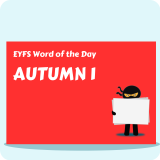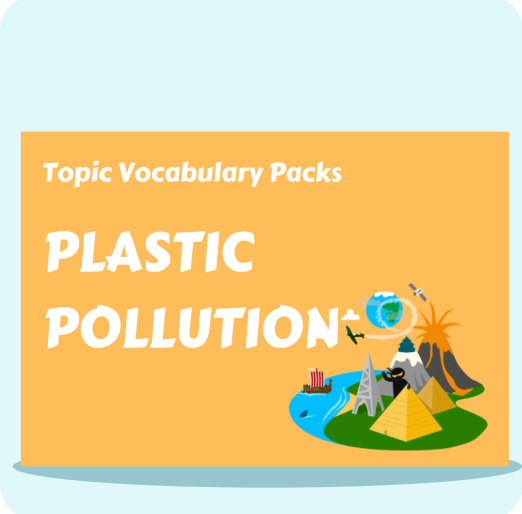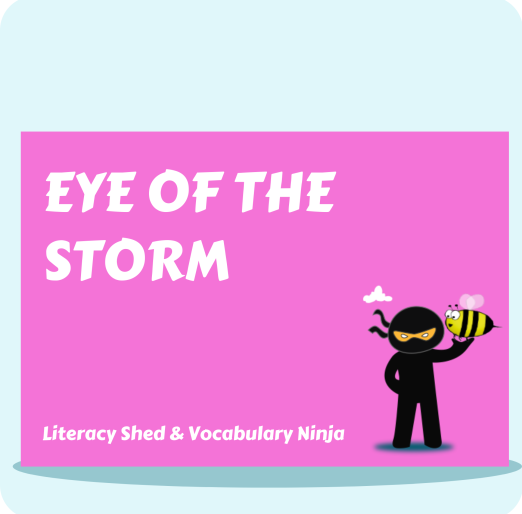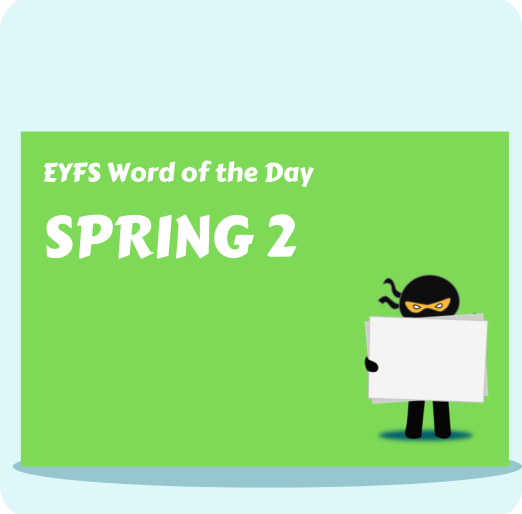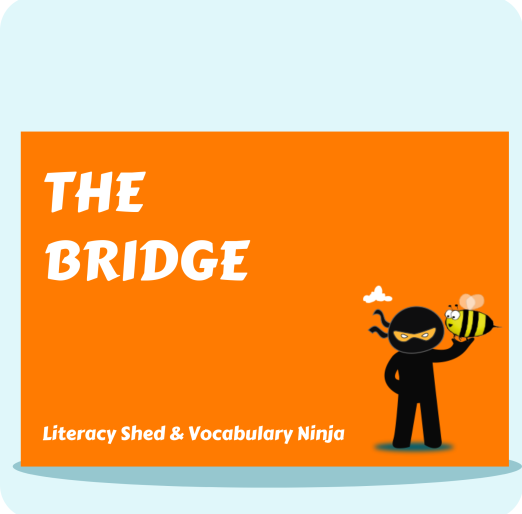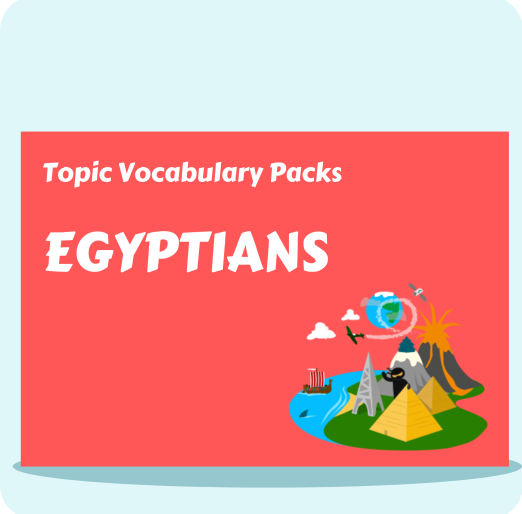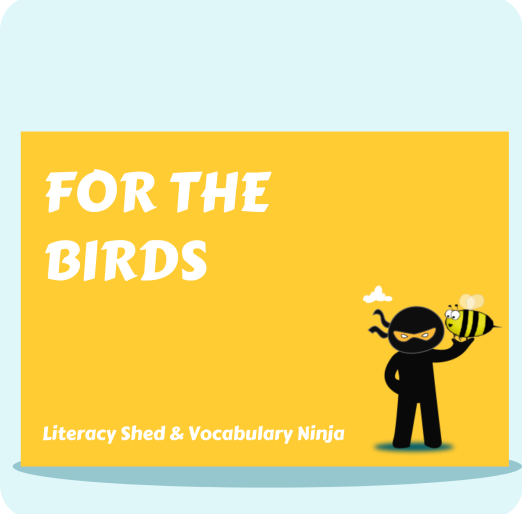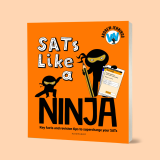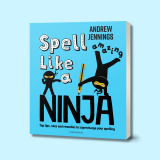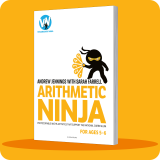EYFS Word of the Day – Autumn 1
£5.99
The EYFS Word of the Day Resource provides practitioners with the opportunity to practise vital phonics skills whilst developing children’s understanding of early vocabulary. The resources closely follow the sequence of phoneme-grapheme correspondences outlined in the Letters and Sounds document and so is the perfect way to enhance phonics learning whilst developing an understanding of vocabulary.
Letters and Sounds Correspondence:
· Autumn 1st Half – Words with Phase 2 Grapheme-Phoneme Correspondences.
· Autumn 2nd Half – Words with Phase 3 Grapheme-Phoneme Correspondences.
· Spring 1st Half – Words with Phase 3 Grapheme-Phoneme Correspondences.
· Spring 2nd Half – Words with Phase 3 Grapheme-Phoneme Correspondences.
· Summer 1st Half – Words with Phase 4 Grapheme-Phoneme Correspondences.
· Summer 2nd Half – Words with Phase 4 Grapheme-Phoneme Correspondences.
Each day, the children will be given a simple definition of a phonetically decodable word, with sound buttons included. The children can then practise:
· Finding the rhyme – designed to develop children’s phonological awareness, children suggest words that rhyme with the newly learnt vocabulary.
· Phoneme Frames – allowing the children to segment the word into its composite phonemes in order to spell it.
· Pyramid Spellings – requiring the child to build the word one letter at a time, rather than segmenting into phonemes.
· How many syllables? – counting the number of syllables (chunks) in a word, helping with decoding (reading) and encoding (spelling) words, particularly longer ones.
· Write the caption – allowing children to apply the newly learnt vocabulary in a caption or sentence which also contains high frequency words and tricky words appropriate to the phonics phase. This promotes a more secure understanding of the given vocabulary.
The EYFS Word of the Day Resource provides practitioners with the opportunity to practise vital phonics skills whilst developing children’s understanding of early vocabulary. The resources closely follow the sequence of phoneme-grapheme correspondences outlined in the Letters and Sounds document and so is the perfect way to enhance phonics learning whilst developing an understanding of vocabulary.
Letters and Sounds Correspondence:
· Autumn 1st Half – Words with Phase 2 Grapheme-Phoneme Correspondences.
· Autumn 2nd Half - Words with Phase 3 Grapheme-Phoneme Correspondences.
· Spring 1st Half - Words with Phase 3 Grapheme-Phoneme Correspondences.
· Spring 2nd Half - Words with Phase 3 Grapheme-Phoneme Correspondences.
· Summer 1st Half - Words with Phase 4 Grapheme-Phoneme Correspondences.
· Summer 2nd Half - Words with Phase 4 Grapheme-Phoneme Correspondences.
Each day, the children will be given a simple definition of a phonetically decodable word, with sound buttons included. The children can then practise:
· Finding the rhyme – designed to develop children’s phonological awareness, children suggest words that rhyme with the newly learnt vocabulary.
· Phoneme Frames – allowing the children to segment the word into its composite phonemes in order to spell it.
· Pyramid Spellings – requiring the child to build the word one letter at a time, rather than segmenting into phonemes.
· How many syllables? – counting the number of syllables (chunks) in a word, helping with decoding (reading) and encoding (spelling) words, particularly longer ones.
· Write the caption – allowing children to apply the newly learnt vocabulary in a caption or sentence which also contains high frequency words and tricky words appropriate to the phonics phase. This promotes a more secure understanding of the given vocabulary.


